15 Fruits And Veggies You Can Eat With The Peel
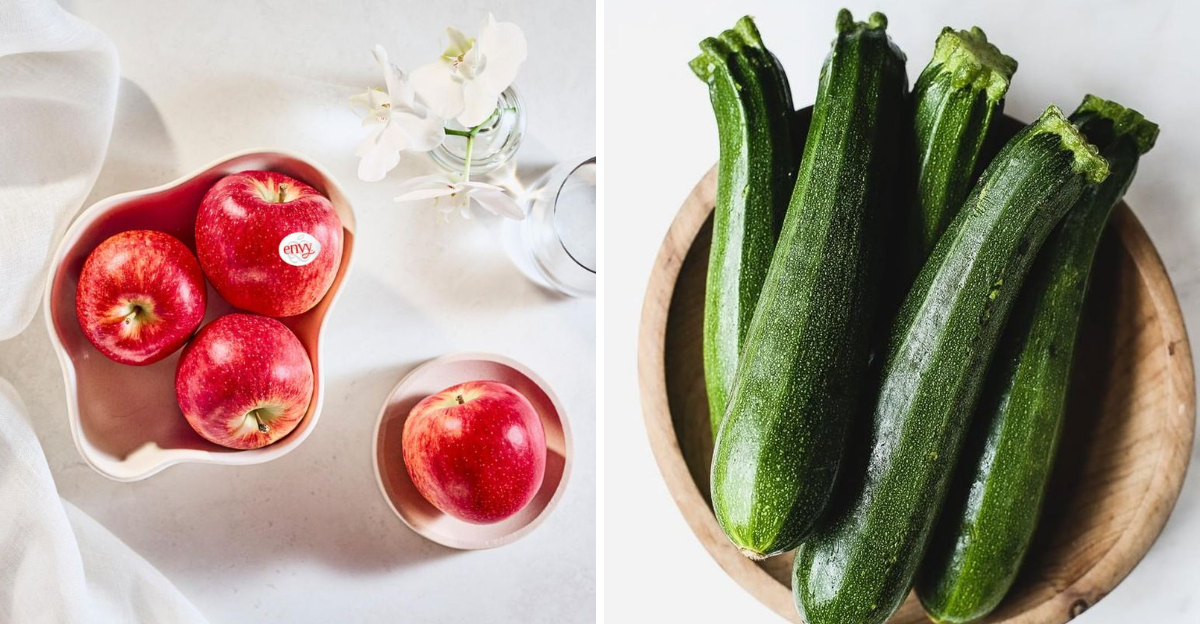
Eating fruits and vegetables with their peels offers a bounty of nutrients and flavors you might be missing out on. Not only does it save time, but it also reduces waste and maximizes the intake of fiber and vitamins. Let’s explore some fruits and veggies that can be enjoyed with their skins on.
1. Apple
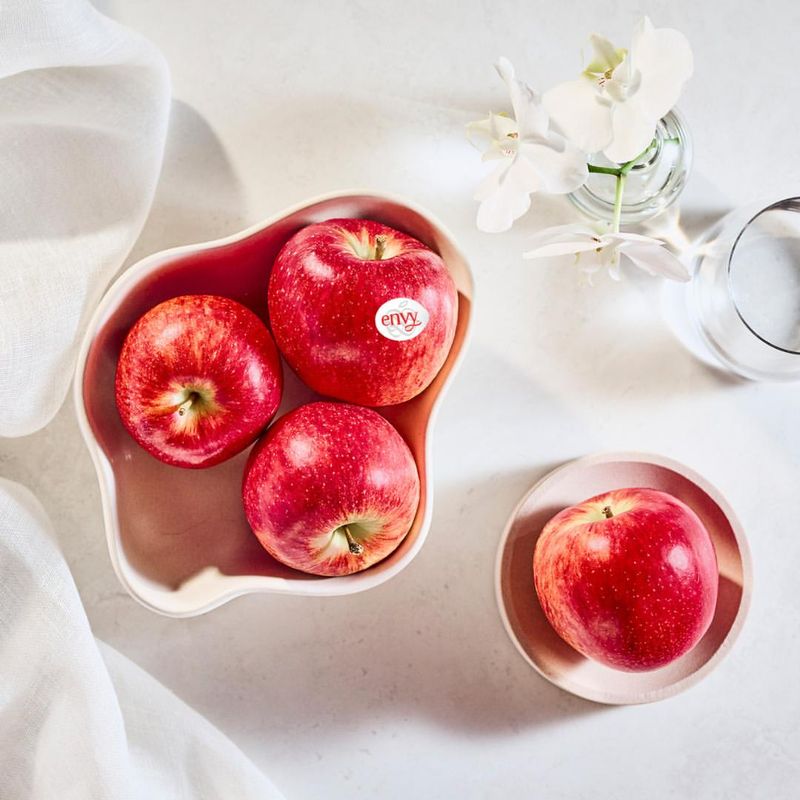
Apples are a timeless classic, and consuming their peel can add an extra crunch and nutritional boost. The skin contains a significant portion of the fruit’s fiber content, which aids digestion and promotes a sense of fullness.
Additionally, apple peels are rich in antioxidants such as quercetin, which may help reduce the risk of heart disease. When shopping, consider organic apples to minimize exposure to pesticides.
Simply wash them thoroughly under running water, and enjoy the apple whole for a satisfying snack or addition to salads.
2. Cucumber
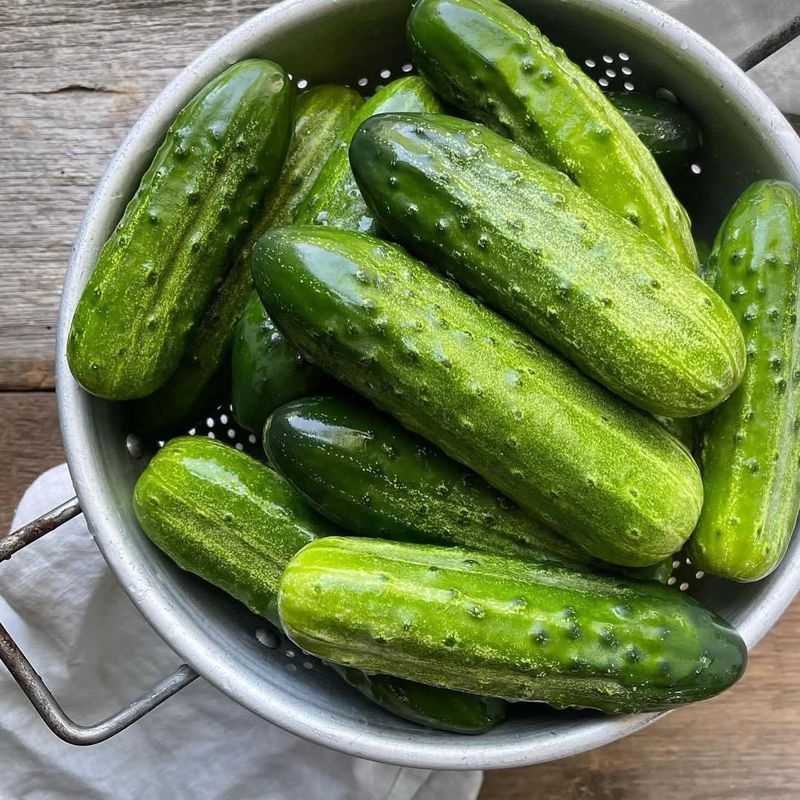
Cucumbers are refreshing and hydrating, and their peels are perfectly edible. The skin provides additional fiber, which helps maintain digestive health.
It also contains silica, an essential component for healthy skin, hair, and nails. The mild, slightly bitter taste of the peel can add a new dimension to your salads or snacks.
Whether you’re adding them to a sandwich or enjoying them as a crunchy snack, consider keeping the peel on for its nutritional benefits. Just be sure to wash them well before consumption.
3. Carrot
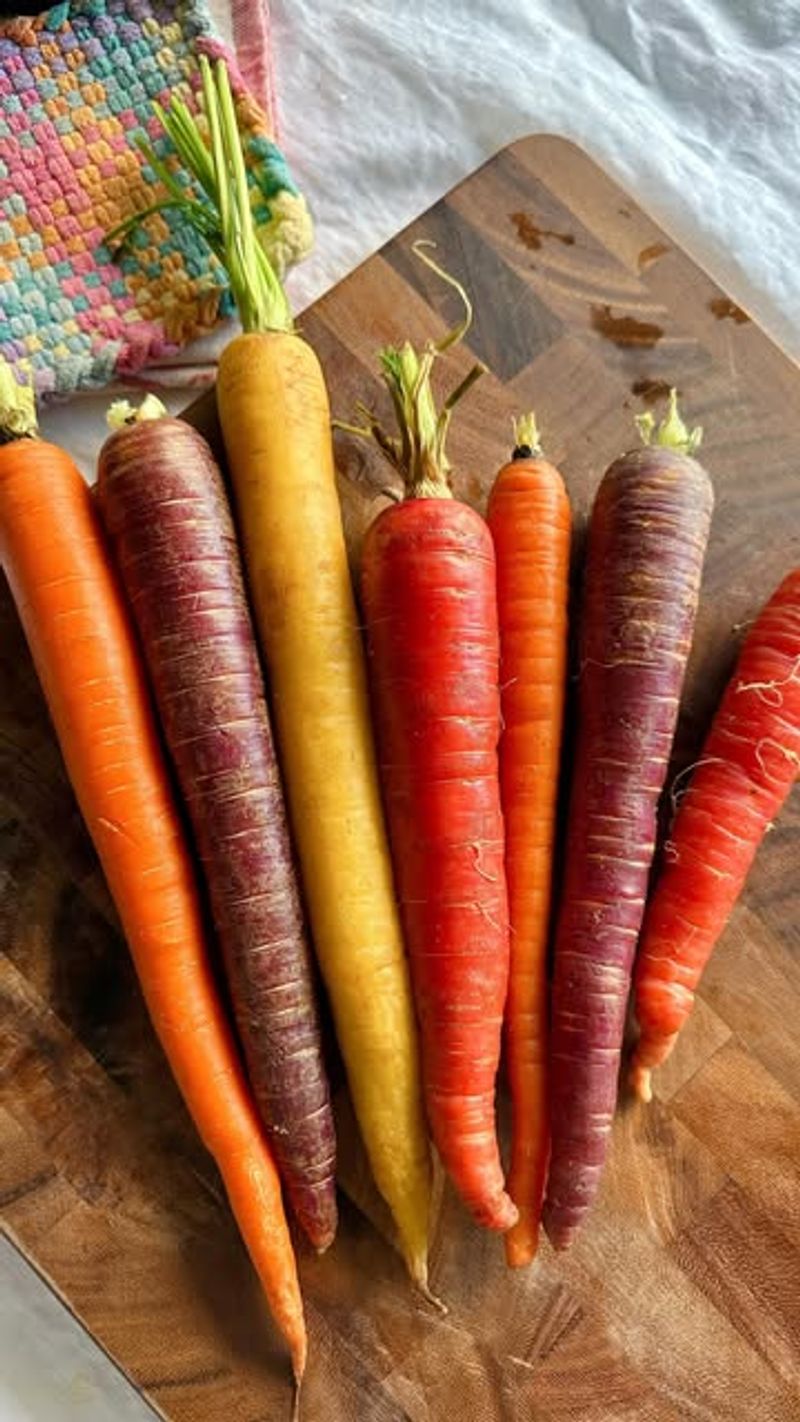
Carrots are a versatile root vegetable that can be eaten with their skins intact. The outer layer of carrots contains a variety of nutrients, including vitamin C, which supports the immune system.
Keeping the peel on also retains the earthy flavor of the carrot, which can complement a variety of dishes. If the bitterness of the skin is too much, a gentle scrub under cold water should suffice to clean it.
Try roasting carrots with their skins on for a simple side dish that preserves their natural sweetness.
4. Pear
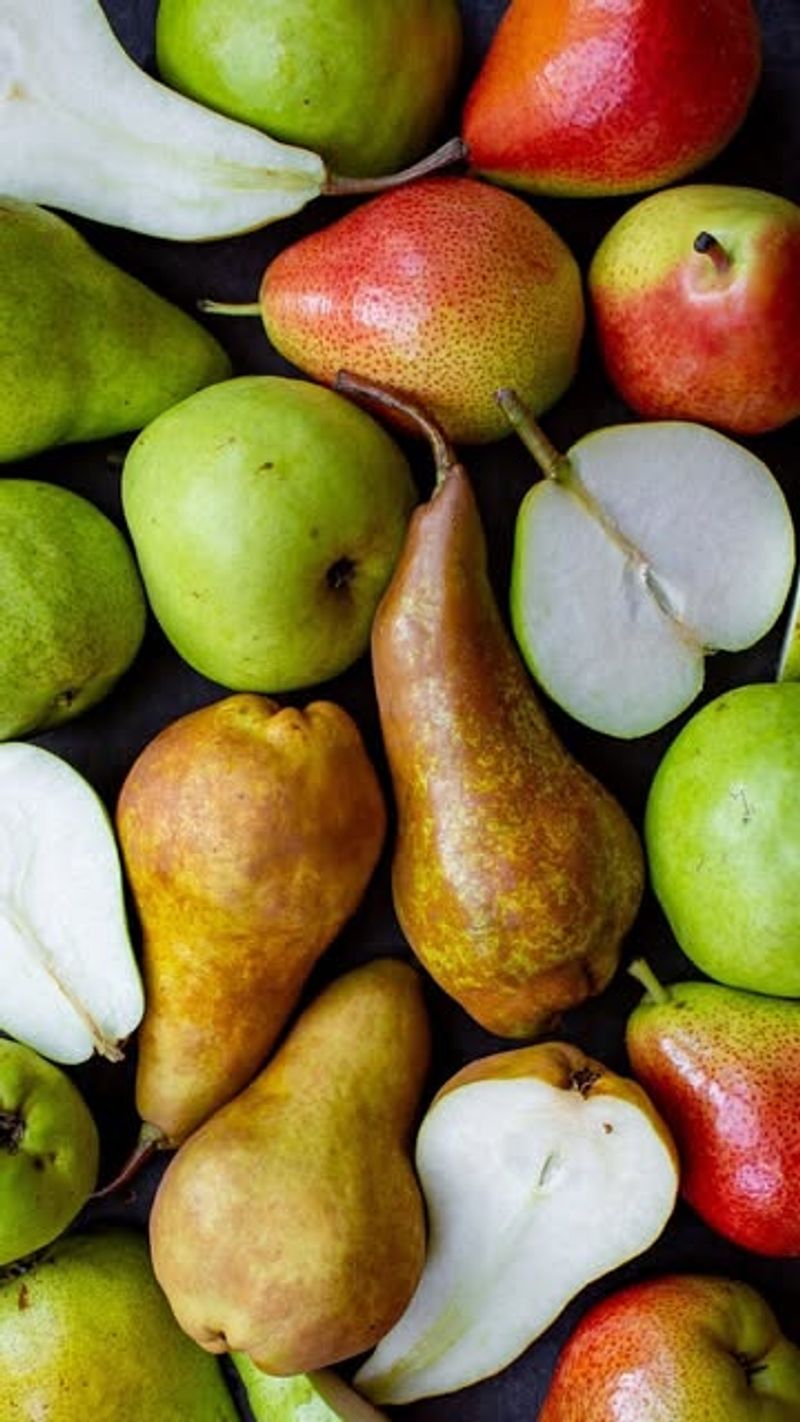
Pears, with their juicy flesh and soft, edible skin, offer a delightful snack. The skin is packed with fiber, which aids in digestion and keeps you feeling fuller longer.
Pear peels also contain antioxidants like flavonoids and polyphenols, which can help protect against chronic diseases. For the best taste and texture, choose ripe pears that yield slightly to pressure.
Incorporate them into your diet by slicing them over oatmeal or salads, or simply enjoy them as a sweet treat.
5. Eggplant
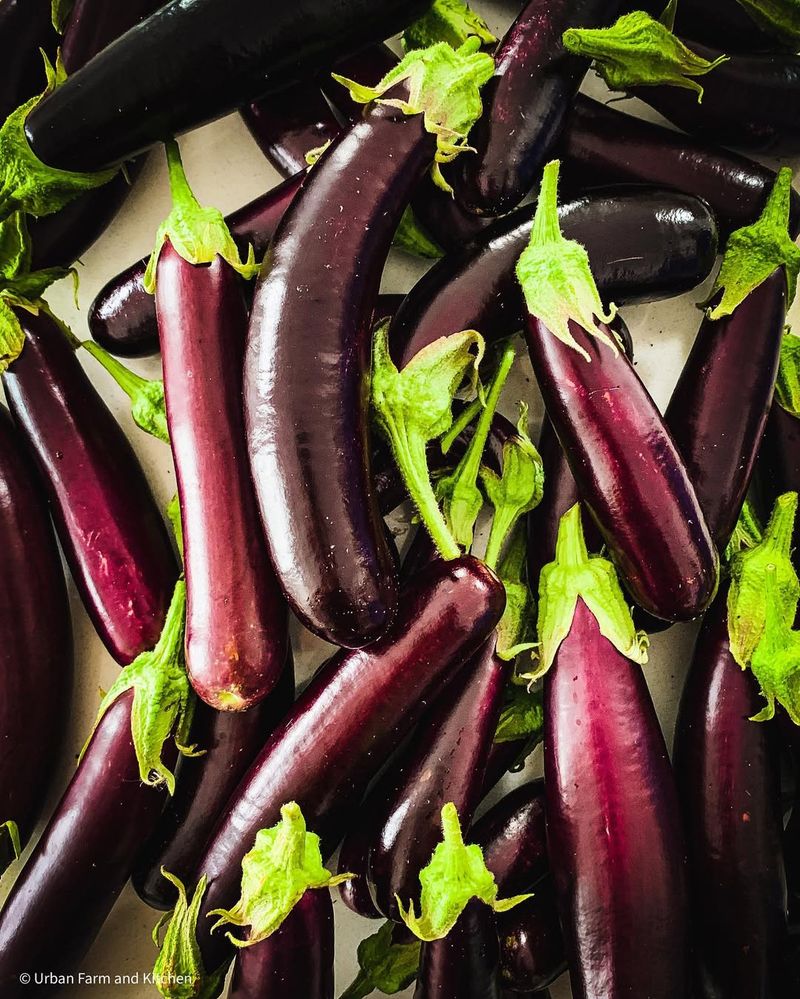
Eggplants boast a unique texture and flavor, and their skins add to the culinary experience. The peel contains nasunin, a powerful antioxidant that may support brain health.
It also provides beneficial fiber content, making it a nutritious addition to your meals. Although the skin can be slightly tough, cooking methods like roasting or grilling can help soften it.
Try slicing eggplant with the peel on for a hearty addition to stir-fries, pasta dishes, or as a base for vegetarian meals.
6. Potato
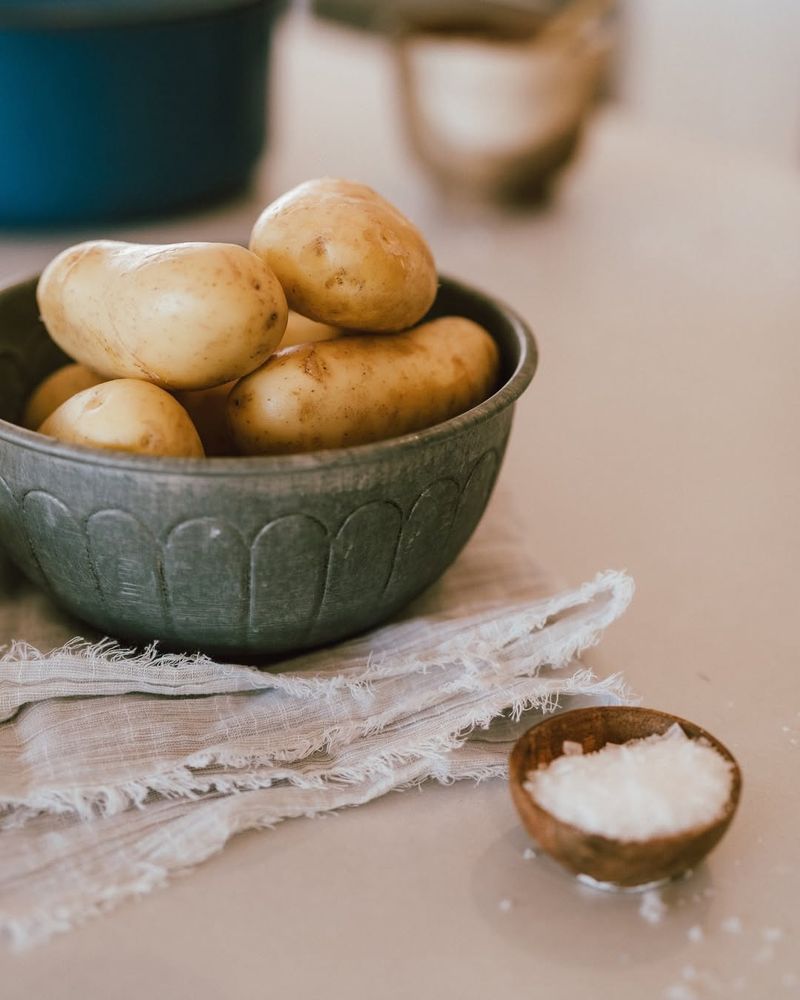
Potatoes, a staple in many diets, can be enjoyed with their skins for added nutrients. The peel is rich in fiber and contains important minerals like potassium and iron.
Leaving the skin on also helps preserve the potato’s flavor and texture during cooking. Whether mashed, roasted, or baked, the skin contributes a delightful crispness and added nutrition.
For optimal taste and safety, scrub potatoes thoroughly under running water before cooking to remove any dirt or residues.
7. Zucchini
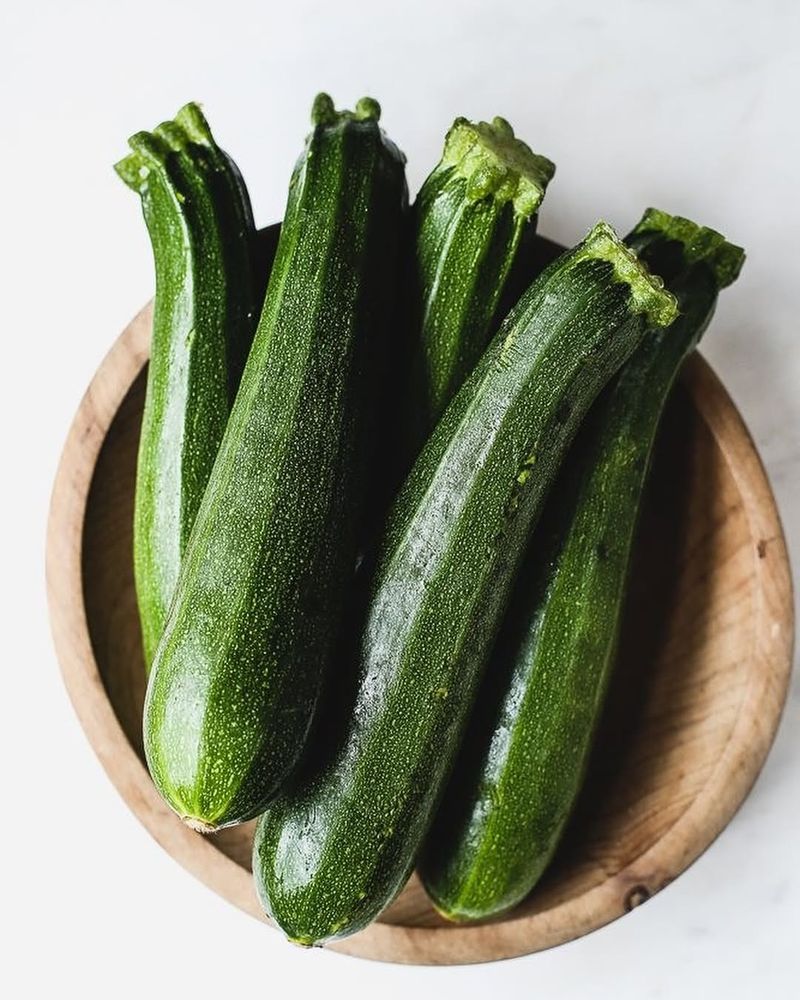
Zucchini peels are tender and easy to eat, making them a great candidate for whole consumption. Eating the skin provides extra fiber and nutrients like vitamin C and potassium.
The mild flavor of zucchini makes it versatile in both savory and sweet dishes. Whether you’re grilling, roasting, or baking, keeping the skin on can enhance the texture and nutrient profile.
Simply wash them well and experiment with different culinary techniques to enjoy zucchini’s full potential.
8. Grape
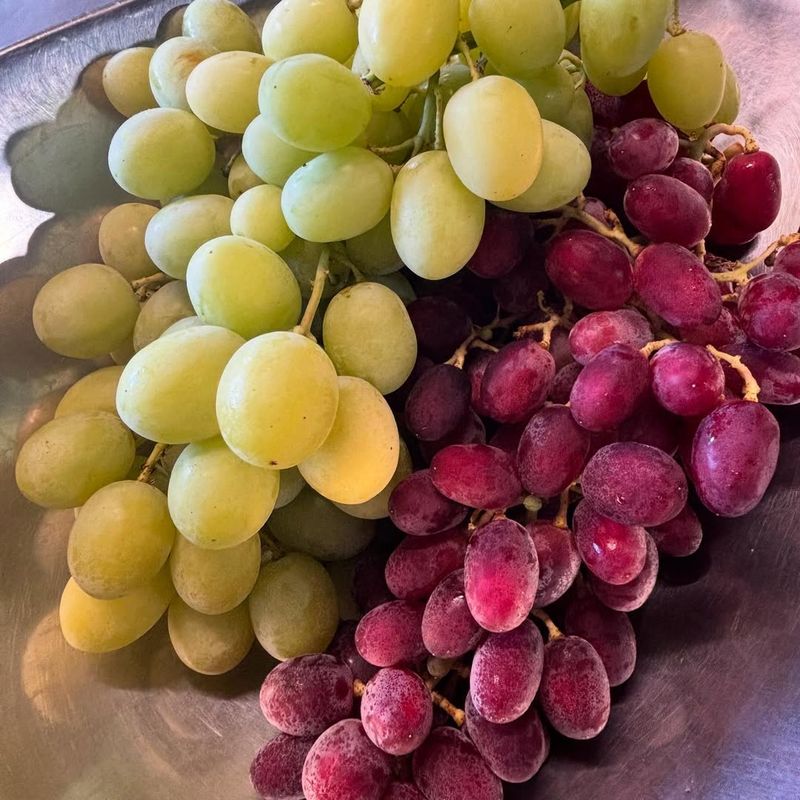
Grapes, whether red, green, or black, are delightful bite-sized snacks that can be eaten with their skins. The skins are rich in resveratrol, an antioxidant linked to numerous health benefits, including heart health.
Their natural sweetness paired with a slight tartness makes them a favorite in fruit salads or as a standalone snack. Consuming grape skins also provides additional fiber, aiding in digestion.
They are perfect for on-the-go snacking or as a sweet addition to breakfast cereals and desserts.
9. Tomato
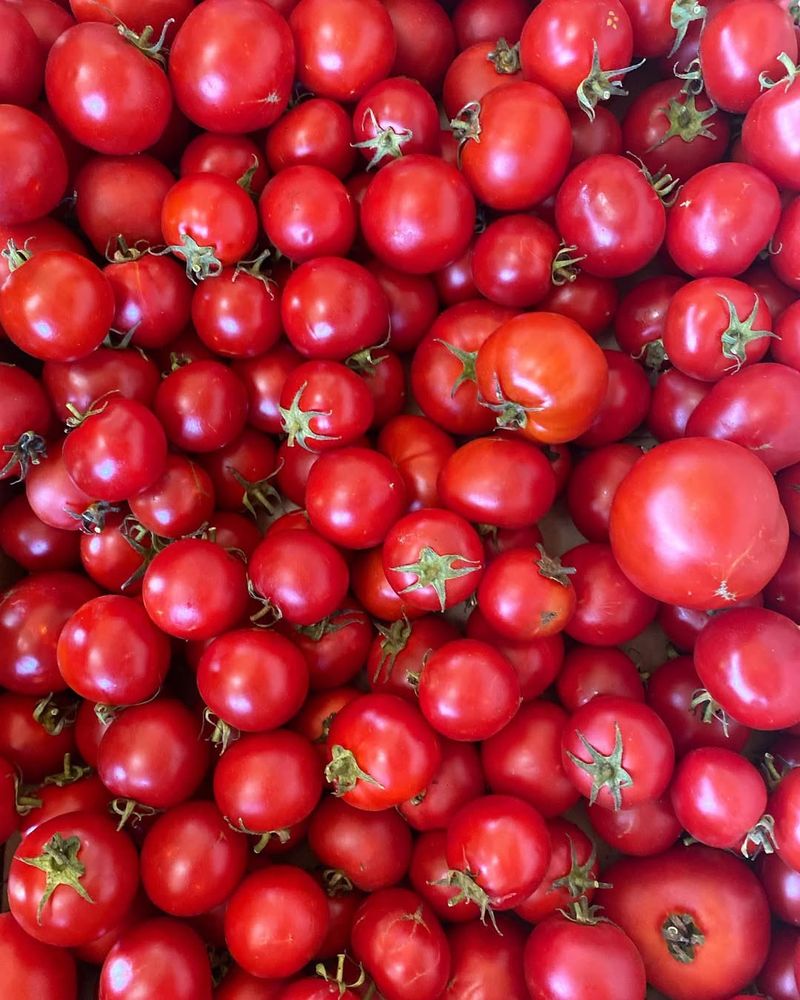
Tomatoes are not only versatile in cooking but also nutritious when eaten with their skins. The skin contains lycopene, an antioxidant that may reduce the risk of certain cancers.
It also provides fiber, contributing to overall digestive health. The thin, edible peel doesn’t alter the flavor, so you can enjoy tomatoes whole in salads, sandwiches, or sauces.
For the fullest flavor, choose tomatoes that are firm and brightly colored, and simply rinse them before use.
10. Peach
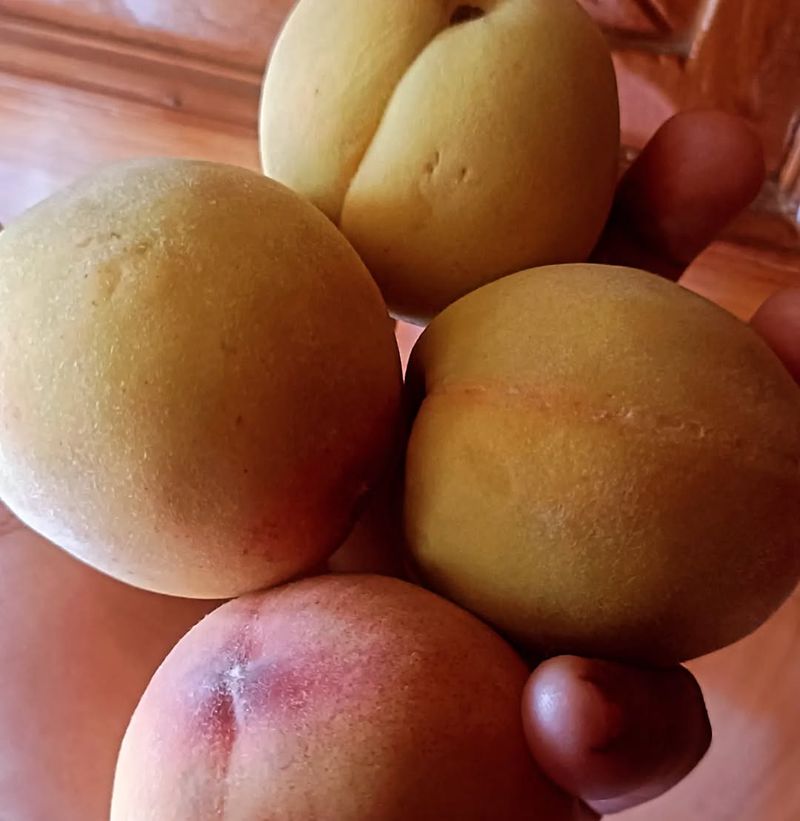
Peaches are known for their sweet, juicy flesh and soft, edible skin. The peel contains antioxidants and fiber, which support a healthy digestive system.
Eating peaches with the skin on enhances their flavor and provides a delightful textural contrast. To enjoy them at their best, choose peaches that are slightly soft to the touch and fragrant.
They can be enjoyed fresh, added to smoothies, or sliced into salads for a burst of sweetness and nutrition.
11. Kiwi
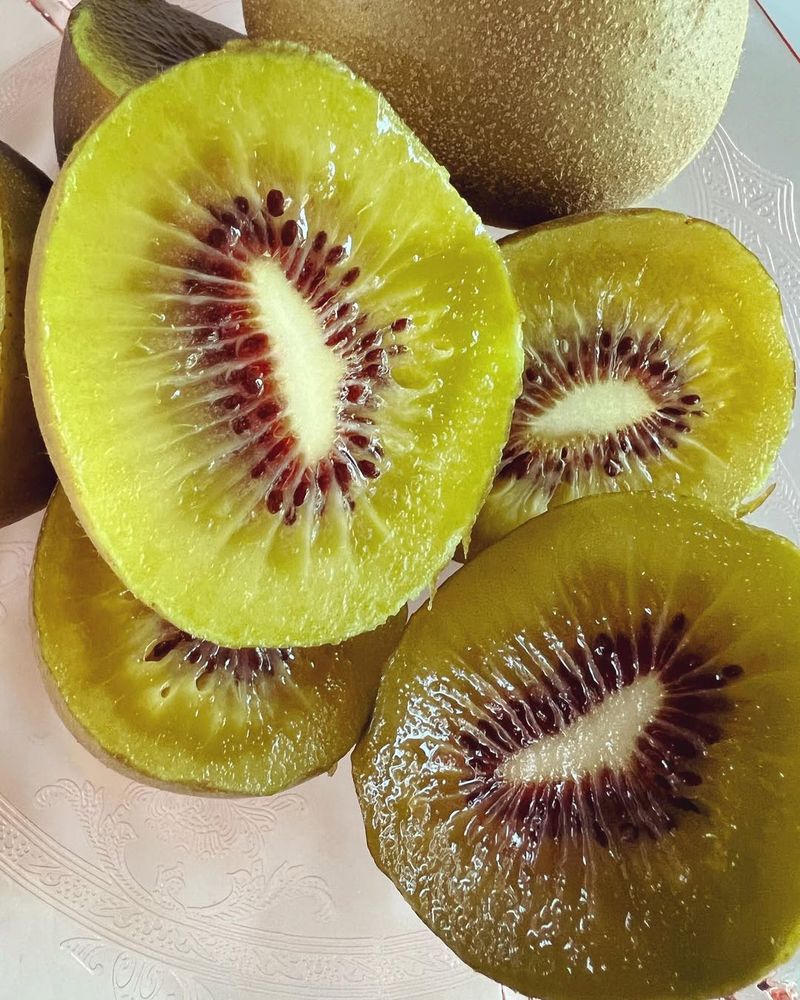
Kiwis are typically known for their vibrant green interior, but their skins are edible too. The fuzzy peel is rich in fiber and vitamin C, adding nutritional value.
While the texture might be unusual, eating the skin can significantly increase your intake of nutrients. To enjoy, simply wash the kiwi thoroughly or rub the skin to reduce its fuzziness.
Sliced into rounds, kiwis can be a visually appealing addition to fruit salads or consumed whole for a quick snack.
12. Plum
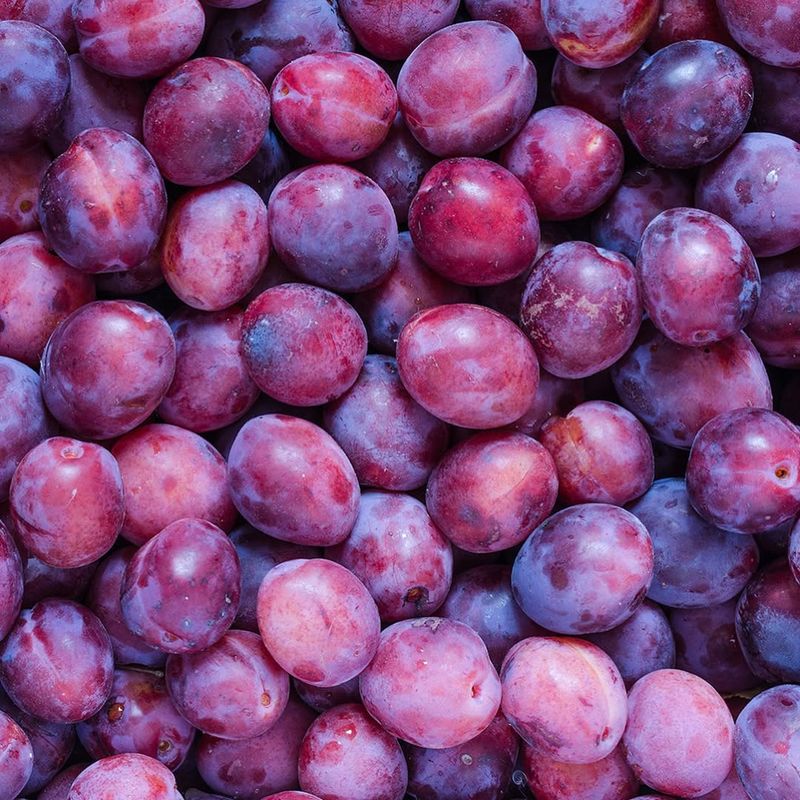
Plums, with their sweet and tart flavor, have skins that are perfectly edible and nutritious. The peel provides antioxidants and dietary fiber, supporting overall health.
Keeping the skin on enhances the fruit’s flavor and adds a slight tartness that complements its juicy sweetness. Choose plums that are firm yet yield slightly to pressure for optimal taste.
Enjoy them fresh as a snack, or chop them into salads and desserts for a burst of color and flavor.
13. Bell Pepper
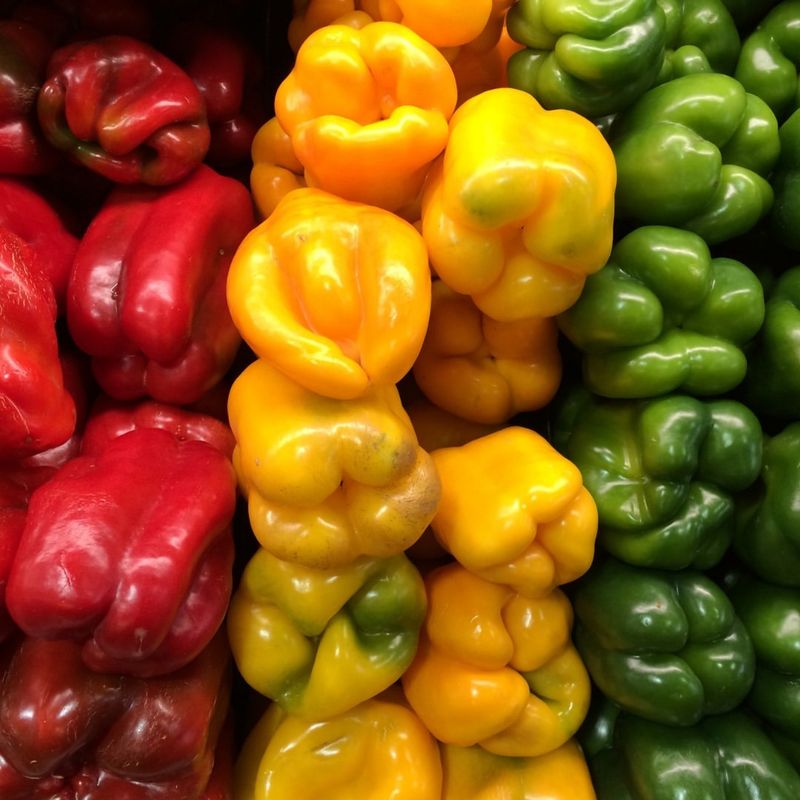
Bell peppers, whether red, yellow, or green, offer a crisp flavor and can be eaten with their skins. The skin is full of fiber and vitamin C, supporting immune health.
Their vibrant colors indicate the presence of beneficial pigments like beta-carotene, an antioxidant. Whether raw or cooked, bell peppers add a delightful crunch to dishes.
They’re perfect for salads, stir-fries, or stuffed recipes. Just rinse them thoroughly and enjoy the added texture and nutrition they bring.
14. Cherry
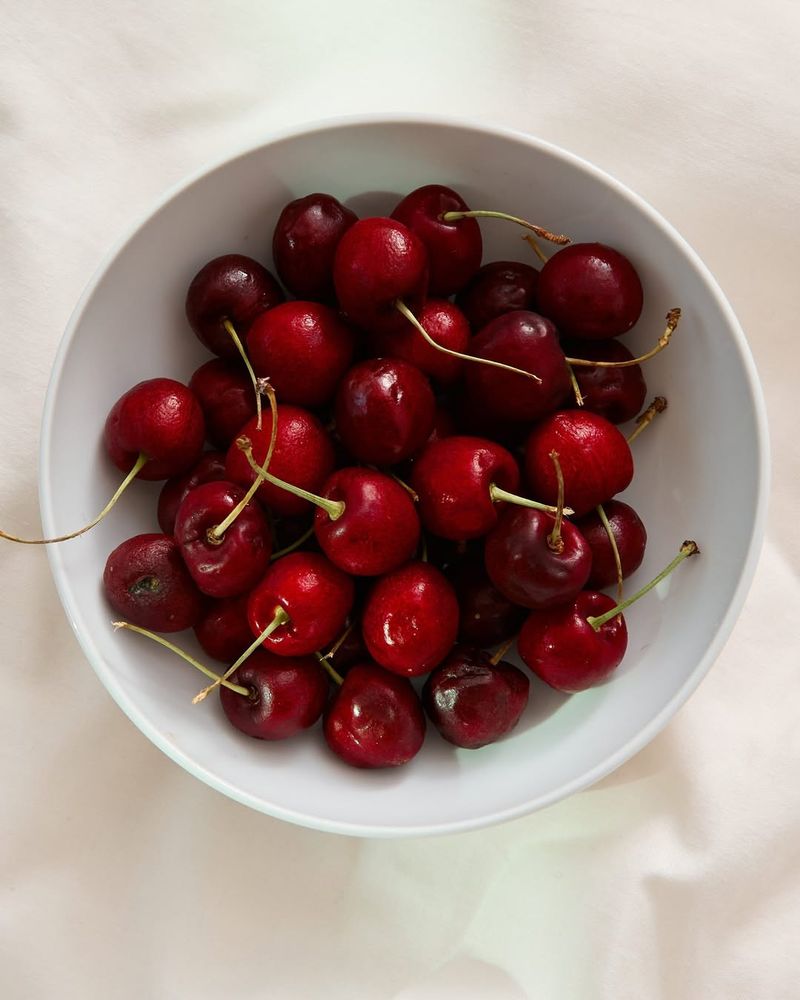
Cherries, with their juicy, sweet-tart flavor, are a delightful treat that can be consumed whole. The skins are rich in antioxidants and fiber, promoting health benefits.
This small fruit is perfect for snacking, and the skin adds an extra burst of flavor and texture. They can be enjoyed fresh or added to desserts and beverages.
When selecting cherries, look for those with a deep color and firm texture, and simply rinse them before enjoying their natural sweetness.
15. Mango
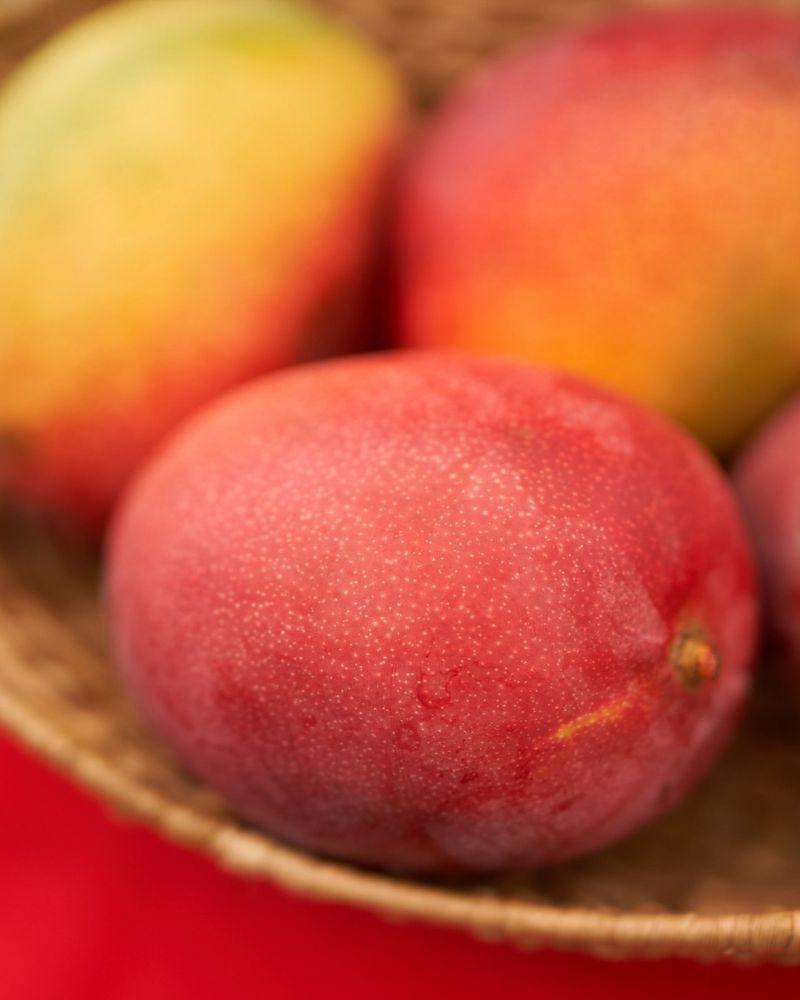
Mango skins are often overlooked but can be eaten, offering additional nutrients. The skin contains fiber, vitamin C, and unique antioxidants like mangiferin.
While the texture may be tough, slicing the mango thinly can make the skin more palatable. Incorporate the skin into smoothies or salads for an exotic twist.
When choosing mangos, opt for those that are slightly soft to the touch and fragrant, ensuring the sweetest taste. Wash thoroughly before consuming.
